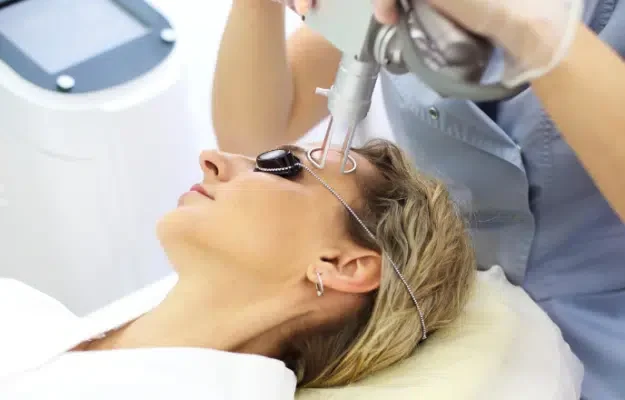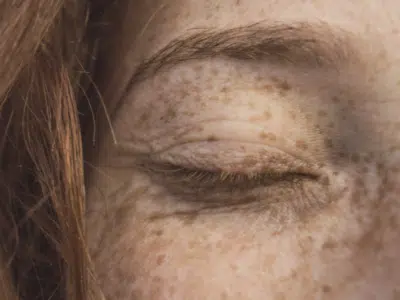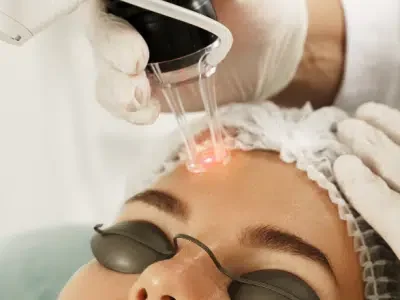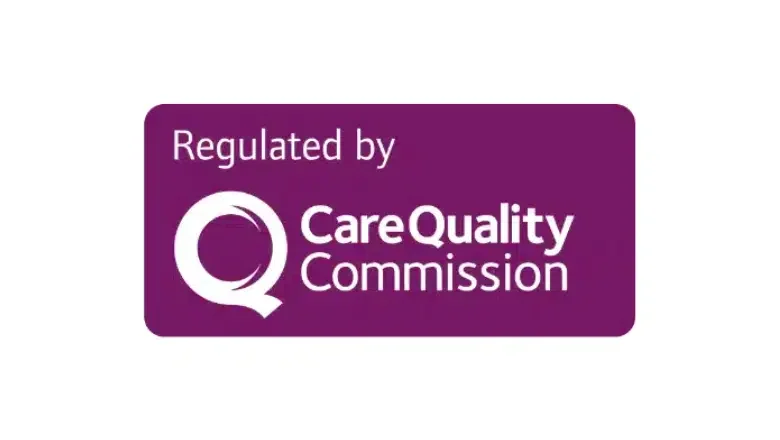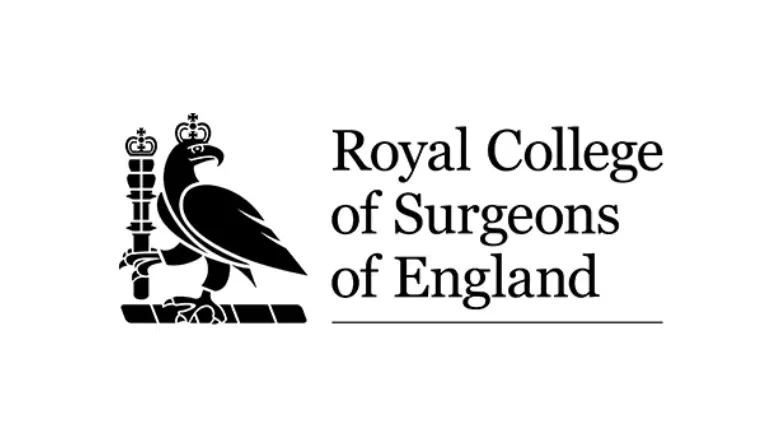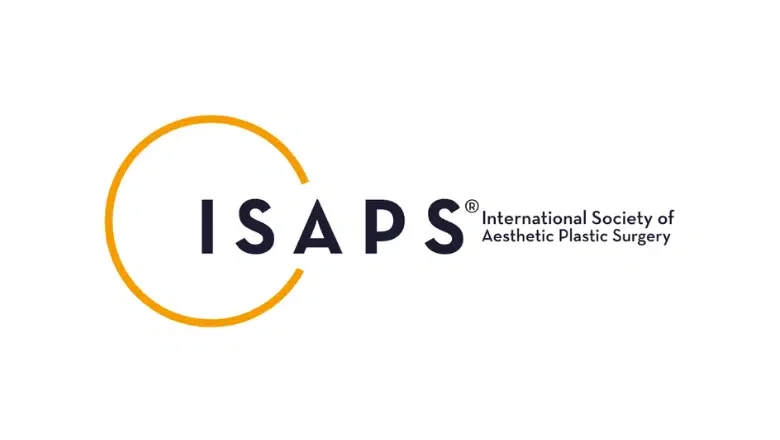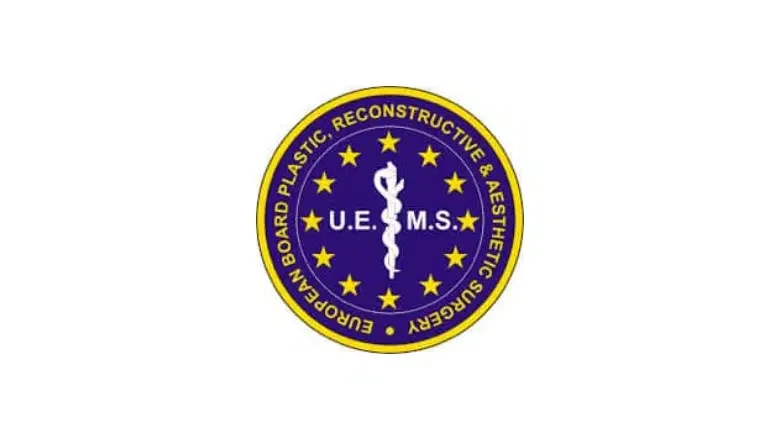Acne and acne scarring isn’t just something that affects teenagers – it can affect people of all ages. It can have a negative impact on your self-esteem and body confidence levels.
Fortunately, acne scarring isn’t something you just have to deal with. You can improve your appearance with laser acne scar removal.
So, what exactly is laser acne scar removal, and how does it work?
Acne and acne scarring
To fully understand how laser acne scar removal works, it’s best to understand how acne and acne scarring occur.
Acne occurs when the pores on the skin become blocked and infected, generally with oil or dead skin cells. This causes the skin to become red, blotchy and uncomfortable.
Once your skin has broken out, the body will try to replace the skin tissue. However, sometimes the body will produce too much skin tissue. This can cause the acne to become a hypertrophic scar. In instances where insufficient skin tissue is produced, you may end up with skin depressions, otherwise known as atrophic scars.
If you have acne, you will want to avoid touching it, as scratching or picking at the acne can often cause scars.
There are also some factors which will help determine if you are more at risk of developing acne scars. These risk factors include:
- Genetics: if your parents have acne scars, chances are you might be more prone to them, too
- Puberty: teenagers are more prone to acne and acne scars
- Gender: acne affects both genders. However, it appears to affect men more than women.
- Frequency and severity of breakouts: if you are having breakouts fairly frequently, and the breakouts are quite severe, the chances of you ending up with scars will be higher
- Intervention: scars are more likely if you aren’t applying any creams or ointments to your skin, or you are waiting a long time after breakouts to seek treatment.
How laser acne scar removal works
Laser therapy is an effective non-surgical solution for those who wish to improve the appearance of acne scars.
Centre for Surgery uses Fotona’s StarWalker and SP Dynamis laser systems for laser acne scar removal.
Laser therapy involves using pulsing laser light to break down the scar tissue. This laser light also causes the skin to stimulate collagen production, resulting in healthier, more youthful-looking skin.
The laser system uses two different wavelengths, which allows for the targeting of deeper tissue and superficial imperfections.
The two different wavelengths are:
- Er: YAG: This wavelength is used to target the skin’s surface. It removes micro-thin layers of skin, allowing new skin to be produced in their place.
- Nd: YAG: This wavelength targets deeper tissue and is generally used if you have active acne. It can target the glands that cause acne while also stimulating collagen production.
There are numerous benefits to undergoing laser acne scar removal, including:
- Long-lasting results
- Minimal downtime
- No local or general anaesthetic is required
- A quick, non-surgical procedure
- Increase in collagen production
You may require anywhere between four to eight treatments to achieve the desired results. Repeat treatments can take place after four to six weeks. This will give the skin enough time to recover and react after the initial treatment.
On average, each treatment to the face will take around 30 minutes to complete. This will vary depending on where on the body you are receiving treatment.
What can I expect after treatment?
Following your laser treatment, it is normal to experience swelling and redness. This will generally last a few days.
For the first 24 hours after the treatment, you will need to avoid applying makeup, as well as avoid hot areas such as saunas, hot baths or steam rooms. You should also avoid excess sun exposure, and apply sunscreen to your skin.
You will be able to notice a gradual improvement in the tone and texture of your skin. This will improve with each treatment and as the collagen continues to produce.
Are you interested in laser acne scar removal? Contact Centre for Surgery to find out more information or to book a consultation.

